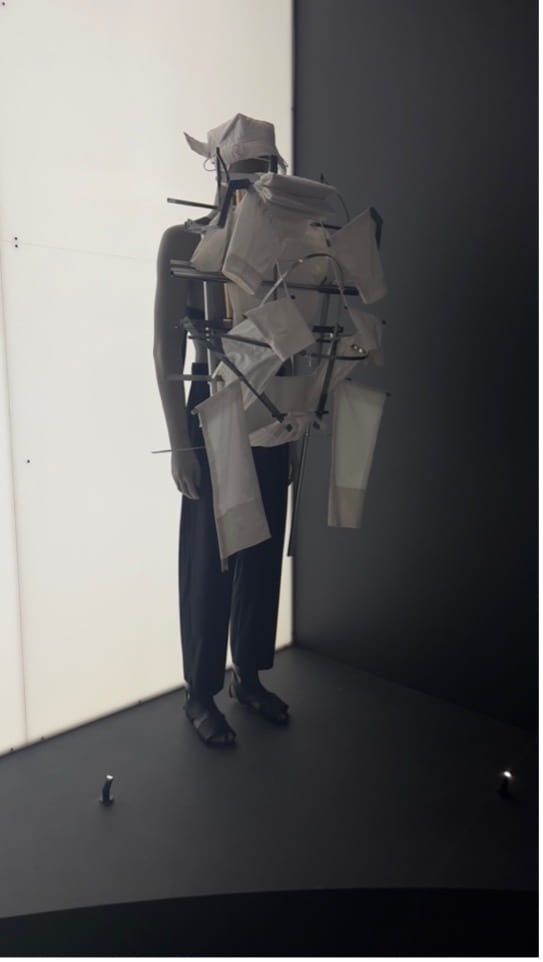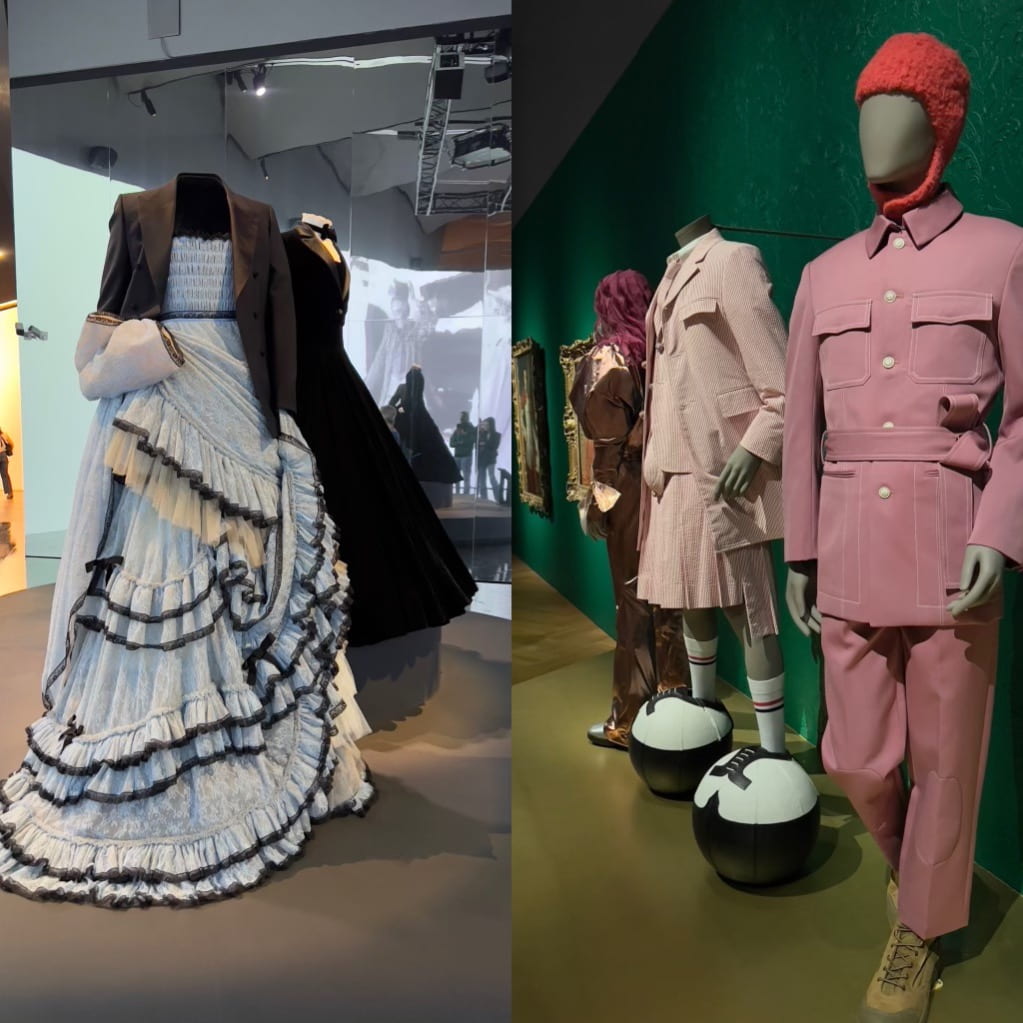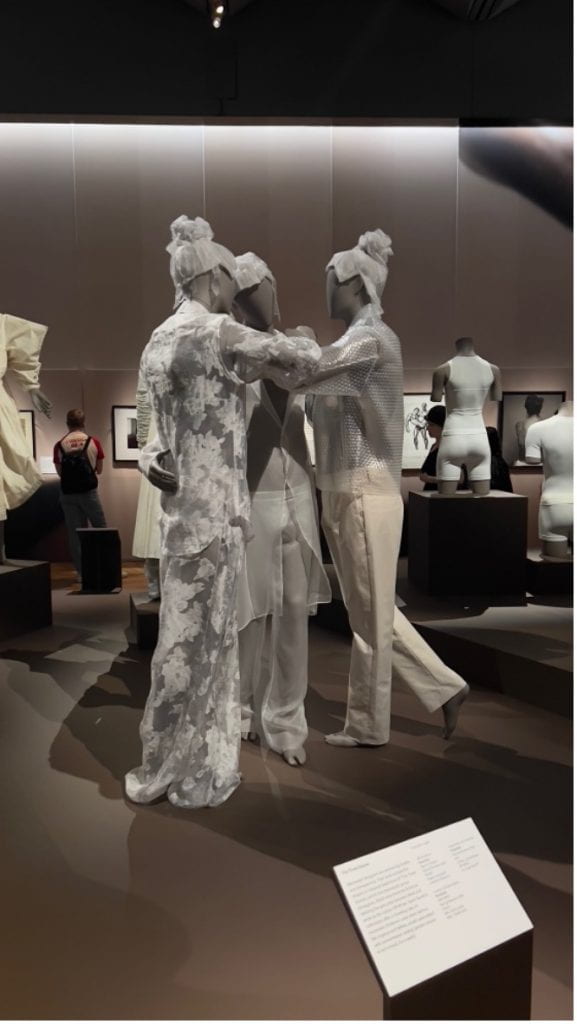Redefining Masculinity in Fashion
Justin T. Andries

A strong soldier was a well-dressed one when it was time to take off his military garments and replace them with a form-fitted, handcrafted suit and tie. His hair must have been polished to perfection and his face neatly shaven – because that was the definition of a man during the 1900s. Today I am here to talk to you about masculinity and how it is and isn’t defined by taking you through my experience of the Fashioning Masculinities Exhibition at the Victoria and Albert Museum.
Through about 100 looks displayed among 100 pieces of paintings, the art of menswear is thematically depicted through three galleries – undressed, overdressed, and redressed. The Undressed Gallery explored the male body and examined how European ideals of masculinity have been perpetuated and challenged over time. Overdressed expressed the silhouettes of the elite male. Oversized, lavish materials paired with breastplates and makeup depicted the wealth and status of a man. Lastly, redressed explored the origins of the suit, placing historic garments next to modern reimaginings. What impressed me was the fact that the galleries weren’t in chronological order, that the challenges and expression of one’s masculinity were always being depicted in society. We see that the type of body which might be considered fashionable and acceptable changes constantly, which depicts that male fashion has always been a liberating topic of conversation.


When thinking about the war, I rarely ever thought about what these soldiers wore during their time at home. I now think about Mrs. Dalloway, set in the Victorian Era, and wonder what her husband, or Septimus – a veteran who suffers from PTSD and Shell Shock, would have worn. I think of Peter Cooksley and his excerpts about the home front, what those men who stayed behind wore, and how they were defined by society. I think of how one’s uniforms on the front lines defined their ranking and how much power one held. Even war had a definition of what being a man entailed. This exhibition reminded me that one’s masculinity is constantly being scrutinized and carefully watched – like a recruit by his Lieutenant and that men have always been taking back and redefining masculinity regarding their own beliefs rather than what others thought of them.
Men’s fashion is ever-evolving and enables an individual to cultivate looks that cater to his identity. Now more than ever clothing has become fluid and challenges gender norms/stereotypes that place men in restrictive categories. Just like a soldier, your garments are an extension of your identity that is expressed to the human eye.





